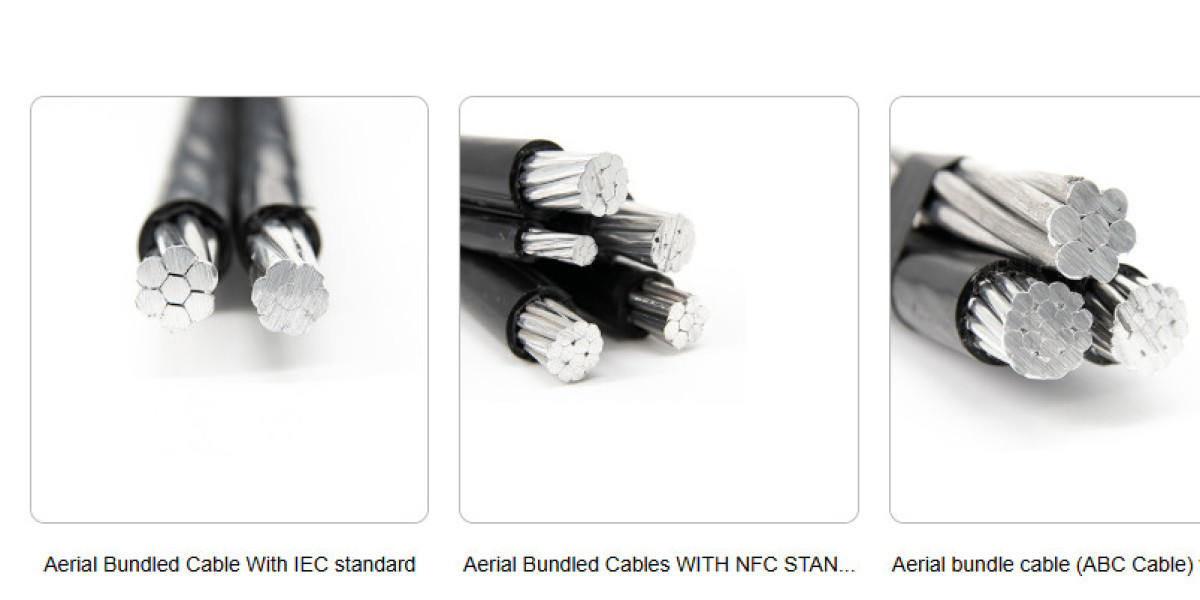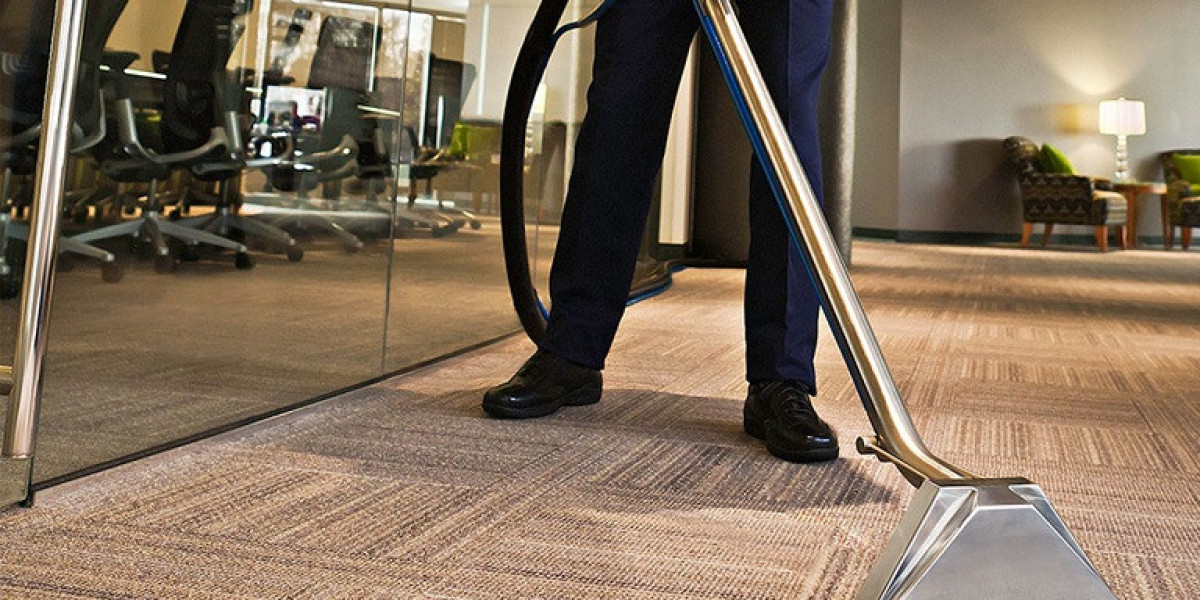Selecting the right overhead cable is crucial for safe and efficient power transmission. These cables are widely used in electrical distribution networks, industrial installations, and rural electrification projects. However, not every overhead cable suits every application the correct selection depends on specific technical specifications, environmental conditions, and load requirements.
In this guide by HNBFpower, we’ll explain which specifications matter most, the applications of overhead cables, their key advantages, and how to make a smart purchase decision.
Which Specifications Are Required When Choosing Overhead Cables
When selecting overhead cables, you should carefully evaluate these critical specifications:
1. Conductor Material
The two most common materials are aluminum and copper.
Aluminum Conductors (like ACSR) – Lightweight, cost-effective, and corrosion-resistant, making them ideal for long-distance transmission lines.
Copper Conductors – Offer better conductivity but are heavier and more expensive, suitable for shorter or high-performance applications.
2. Voltage Rating
Overhead cables come in low, medium, and high-voltage ratings. The voltage class must match the intended electrical network. For example, rural distribution lines often use 11kV or 33kV, while transmission systems go much higher.
3. Current-Carrying Capacity
This determines how much current the cable can safely handle. It depends on conductor size, material, ambient temperature, and installation conditions. Selecting the right capacity prevents overheating and energy loss.
4. Insulation Type
Some overhead cables are bare (like ACSR), while others are insulated (like XLPE or PVC insulated types). Insulated cables are preferred in areas with vegetation, close spacing, or where safety is a priority.
5. Mechanical Strength
Mechanical strength is crucial, especially in regions prone to strong winds or heavy ice loading. Steel-reinforced conductors (ACSR) provide high tensile strength to withstand mechanical stress.
6. Corrosion Resistance
If cables are installed in coastal or industrial areas, corrosion resistance is vital. Materials and coatings must withstand moisture, salt, and pollutants to ensure longevity.
Applications of Overhead Cables
Overhead cables are used in a variety of electrical and industrial environments:
Power Transmission Lines – Carry electricity from power plants to substations.
Distribution Networks – Supply electricity from substations to homes and industries.
Rural Electrification – Ideal for extending power to remote areas due to easy installation.
Railway Electrification Systems – Used for signaling and power supply systems.
Street Lighting and Temporary Power Systems – Commonly applied in construction and public lighting networks.
Advantages of Overhead Cables
Overhead cables offer several key benefits compared to underground systems:
Cost-Effective Installation – Requires less material and labor.
Easy Maintenance and Fault Detection – Faults can be visually inspected and repaired quickly.
Lightweight and Durable – Especially true for aluminum-based conductors like ACSR and AAAC.
Long Service Life – Properly selected cables can operate efficiently for decades.
Scalability – Easy to upgrade or extend as power demand grows.
How to Buy the Right Overhead Cable
When purchasing overhead cables, consider the following steps to ensure quality and compatibility:
Determine Load Requirements – Calculate voltage, current, and transmission distance.
Select the Correct Type – Choose between bare or insulated cables based on environmental and safety needs.
Check Compliance Standards – Ensure the product meets IEC, ASTM, or BS standards for electrical conductors.
Verify Manufacturer Credentials – Work with a trusted brand like HNBFpower, known for producing durable and reliable cable solutions.
Request Technical Data Sheets – Always review the conductor size, strand configuration, breaking load, and resistance details.
Inspect Before Installation – Confirm cable quality, markings, and packaging integrity before use.
Conclusion
Choosing the right overhead cable requires attention to specifications like conductor material, mechanical strength, voltage rating, and insulation type. A carefully selected cable not only ensures safety but also enhances performance and lifespan.
With HNBFpower, you can rely on high-quality overhead cable solutions engineered for durability, efficiency, and compliance with global standards ensuring dependable power transmission in every application.







